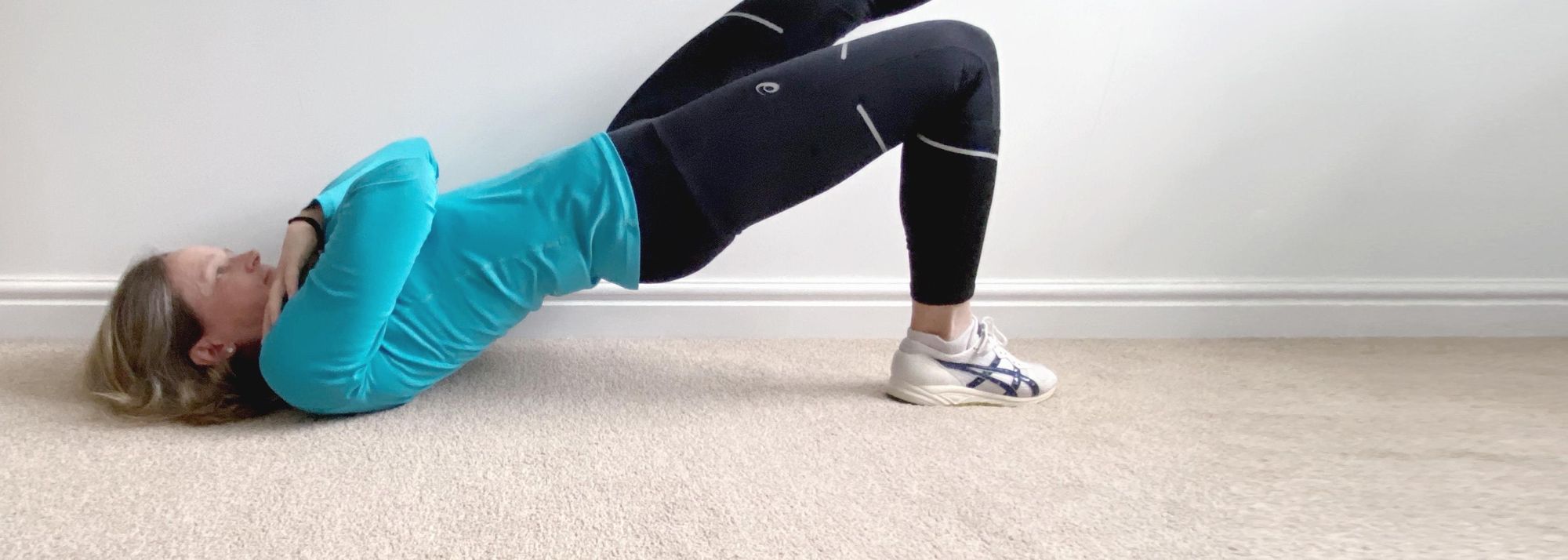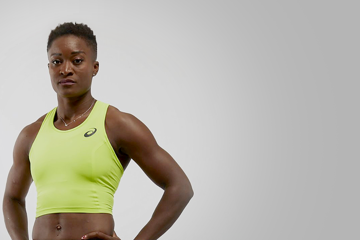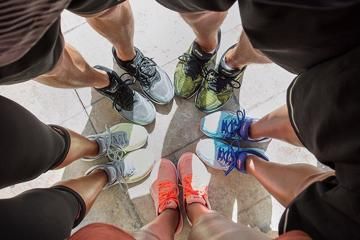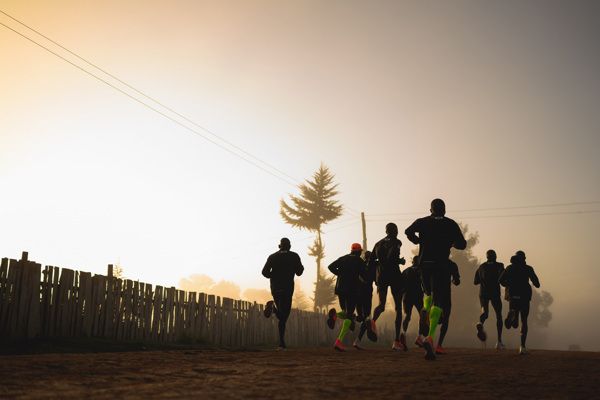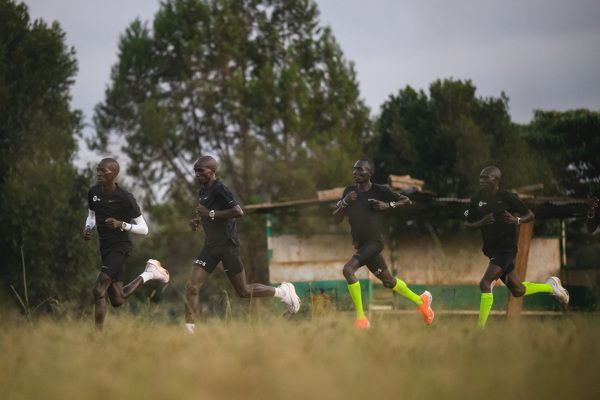Glute exercises (© Mara Yamauchi)
Running is a fabulous sport – simple, inexpensive and exhilarating. There is much that is positive about it, and it’s certainly good for physical and mental health. But the impact of every step can make it an unforgiving sport in terms of wear and tear, and injuries are part of being a runner.
Reacting to an injury after it happens is one way of dealing with this. But there is a more positive way, namely accepting that injuries may crop up, and taking a proactive approach to preventing and managing them. This needn’t be complicated. Keeping in mind a few key principles can help with understanding why injuries happen and how to handle them.
As an athlete, I had various injuries over the years, most frequently the dreaded plantar fasciitis, but also a hamstring tendon injury, and an adductor tear, among others. Now that I coach and watch numerous runners, I see patterns in injuries and common problems that often cause them. From these experiences, I’ve boiled down my injury tips to five key areas.
Strengthen the body
Your body needs to be strong and robust enough to handle the running you ask of it. The more demanding the running, the stronger and more robust it needs to be. ‘Demanding’ can mean various things – higher total mileage, faster running, more frequent runs, longer runs, hilly or challenging terrain, etc. So some running-specific strength and conditioning, alongside running, is a good idea. And how well muscles function depends on their sheer strength but also your brain’s ability to activate them, on demand. Spending five minutes on activation exercises for the key muscle groups immediately before running is a simple and effective injury-prevention habit.
Make gradual steps
Increases in training load (the volume, frequency and intensity) need to be gradual. Your body adapts to the stimulus of training, but this takes time, and different tissues adapt at different rates. Too much increase too quickly is a classic cause of injury. So when you step up your training, do it steadily and see how your body reacts before pushing on again.
Take care of the glutes
Keep your glute muscles in good working order. Glutes are key muscles which do a range of important jobs when we run. But all the sitting down we do in our modern lifestyles tends to switch them off. If your brain struggles to switch them on when you run, other muscles will step in and do their work. This is another classic cause of injury, including in other parts of the body. Glute exercises that will help with strength and activation include squats, lunges, glute bridges, or simply clenching them repeatedly (don’t be alarmed if people give you strange looks when you do this!). If you’re going to do any strength work, glutes should be the top priority.
Squats

Lunges

Glute bridges

Use the right running shoes for you
Be vigilant about your footwear, both on and off the track. Your feet are the only part of your body that hits the ground when running, so they take a lot of punishment, especially if there are imbalances or problems higher up. So running in good quality, well-fitting shoes that are suited to you as an individual is essential, as is replacing them promptly when they wear out. Changing your shoes is another frequent cause of injury; ensure any new shoes are worn in at home first, and not too different to your previous pair. Your non-running shoes are also a possible cause of all sorts of trouble, such as blisters, bunions, plantar fasciitis and more, so strike a balance between function and fashion.
MORE: Advice for finding the right shoes
Identify patterns with previous injuries
Learning about and looking after yourself is vital for preventing injuries. If you can figure out over time what injuries you are prone to and why, then it’s easy to take steps to prevent them. I know that my right glute muscles don’t work well and if I don’t keep them in good order, my feet will complain. Similarly, small simple steps to look after yourself are perhaps the best way to prevent injuries, for example self-massage with a foam-roller, icing any soreness immediately after running, rolling a golf ball under your feet, doing a thorough warm-up, eating enough protein, etc.
Some injuries call for expertise, from a physiotherapist, doctor or other practitioner. But injuries generally happen for a reason. By developing your understanding of their causes, and how to prevent and manage them, you’ll be well-placed to deal with them when they do happen, and will be able to enjoy more running injury-free.
Mara Yamauchi for World Athletics

